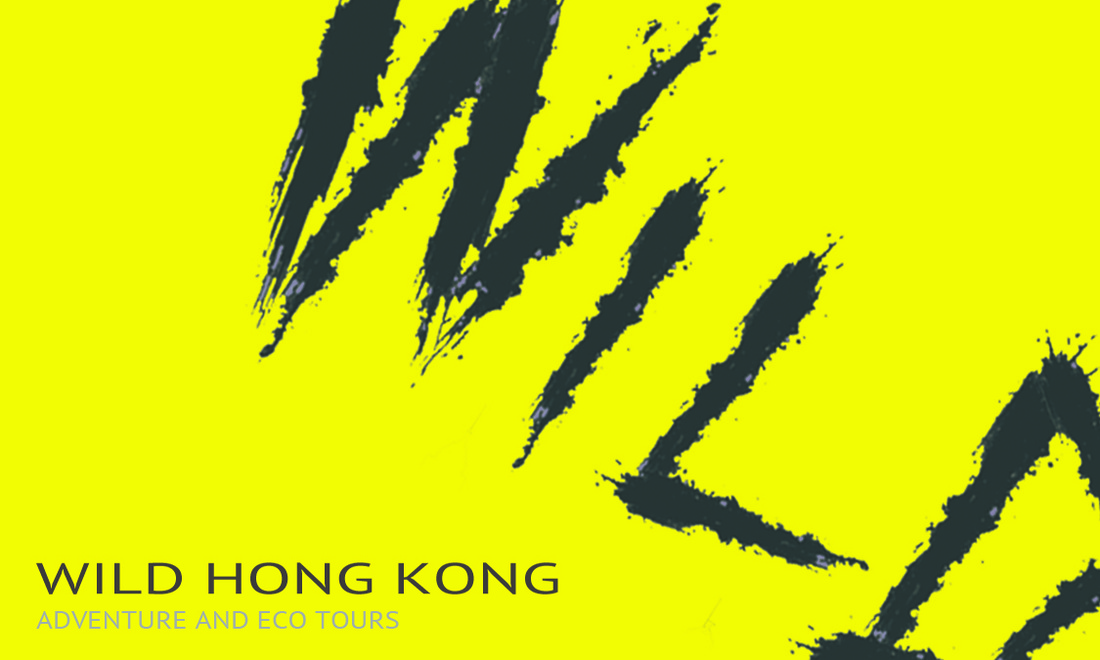skyscraper views and endless stores can be found here, but did you know it’s also full of gorgeous
beaches? That’s right – if you’re looking for the perfect vacation spot for the hotter months, Hong Kong
is it.
Sometimes it can be difficult to choose whether you want to spend your vacation in a bustling city or
away from the crowds, relaxing on the sand. With Hong Kong, you don’t have to make that difficult
decision! A great way to start your time off would be to head up to Victoria Peak, which is a lookout
point offering stunning views of the city and the harbor underneath, complete with telescopes.
Later in the day, you can checkout Victoria Harbor up close. Have dinner at a harborside restaurant at
golden hour, and head outside for the nighttime light shows that are sure to impress!
2. World-Class Food
Hong Kong offers some amazing traditional food here, but if you’re in the mood for something different,
you’ll also find just about any other kind of cuisine you can think of! From Mexican, Southeast Asian, and
Hawaiian to barbecue, Mediterranean and vegan dishes – it’s all there! You’ll often be accompanied by
some live music, perfect to have a drink to! Grab a mojito, a glass of wine, or an ice-cold beer and watch
the sunset! If you feel like having a quick snack, there’s also some delicious street food to be found
around here and really, shouldn’t be skipped over.
If you’re a surfer, visiting Hong Kong should be on a list of your top destinations. With places called “Big
Wave Bay” you can tell it’s just made for the sport! While you won’t find waves quite as tremendous as
those in Hawaii, they’re still quite impressive and HK has a long history of surfing.
As winter is one of the best times to go, it’s time to leave the cold and enjoy an array of different spots.
Cheung Sha is great if you want to get away from crowds of people and have your own space without
waiting. Pui O is perfect for beginners or those who are trying to improve their skills to an intermediate
level. The aforementioned Big Wave Bay is reserved for the more experienced surfer and is easily the
city’s most popular surf spot. However, beware of strong riptides and rocks at both ends of the beach.
It’s a wise idea to bring your own surfboard if you have one! The easiest way to travel with it is to bring a
dedicated travel bag.
4. Theme Parks
Who doesn’t love a good theme park? Whether you’re bringing kids along or are just an adrenaline
junkie, you’re sure to find something up your alley. Disneyland Hong Kong is yours for the taking, and
the perfect way to spend an entire day if you don’t feel like heading to the beach.
If you don’t feel like visiting Mickey and Minnie, there’s another great alternative: Ocean Park. It’s a
marine mammal park, oceanarium, animal theme park and amusement park. The rollercoasters you’ll find here are some of the world’s best, and offer awe-inspiring views of the harbour. One thing is for sure,
you’ll never run out of things to do or look at. Both Disneyland and Ocean Park make up the 2 biggest
theme parks in Hong Kong, too!
Going to the beach doesn’t always mean you have to partake in extreme activities like surfing!
Sometimes it’s more than enough just laying on the beach, closing your eyes, and listening to the sounds
of the tide rolling in. Repulse Bay Beach is the perfect location to do so, with white sands, relatively calm
waters, and lush trees that surround it. Instead of a rugged feel, it offers a kind of resort vibe, complete
with bay houses, designer stores, and incredible restaurants perfect for casual and upscale settings.
You’ll want to pack a swimsuit just in case you feel like taking a dip in the water, along with some water
shoes to protect your feet from any rocks or garbage, though you probably won’t find a whole lot of that
here.
Pro Tip: If you’re up for it, there’s a more “secret”, tree-lined beach called “South Bay” around 3 miles
away.
Summary
Now that you’ve had a chance to read all about the 5 reasons why you need a beach vacation in Hong
Kong, which adventure will you be starting out with? The great thing about Hong Kong is that you can
easily and realistically accomplish all of them! Weather is typically climate – not too hot nor too cold.
However, there are periods where it can get quite humid so make sure to plan accordingly!
No matter what your interests or goals are, there’s at least one activity on our guide that you’re sure to
enjoy and remember for years to come! Thanks for tuning in and we’ll see you again soon. Happy
traveling!
For more similar articles, check out;
outsidepursuits.com

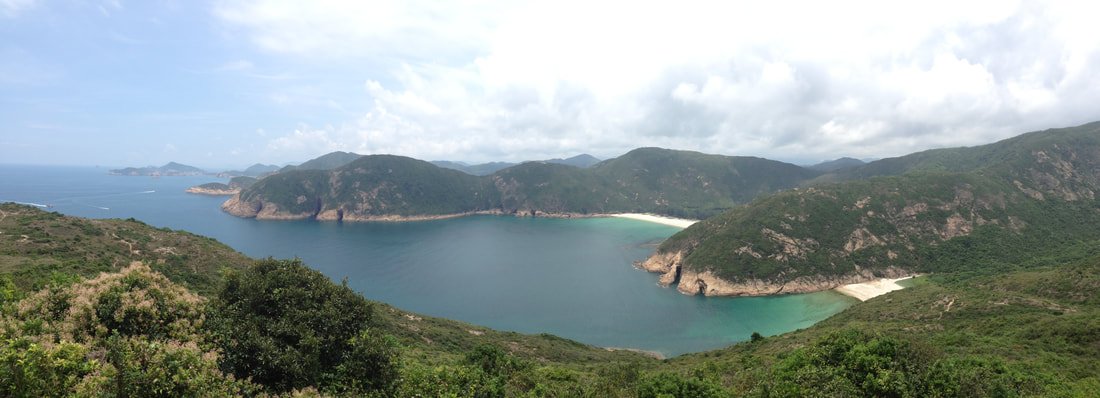
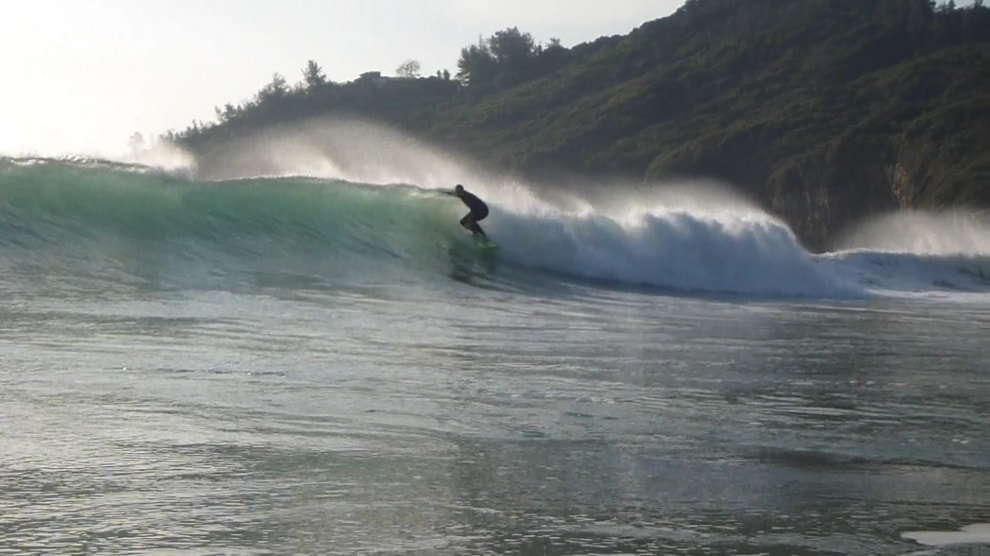
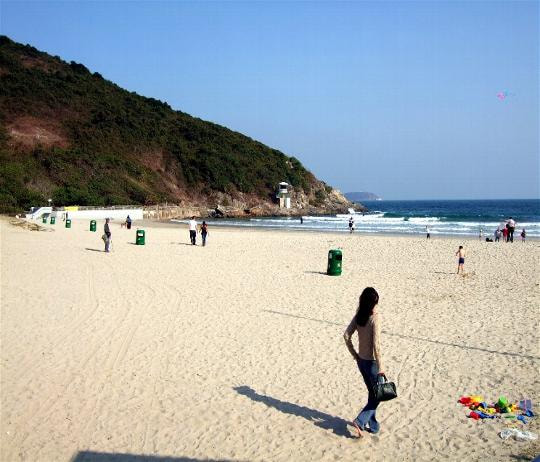
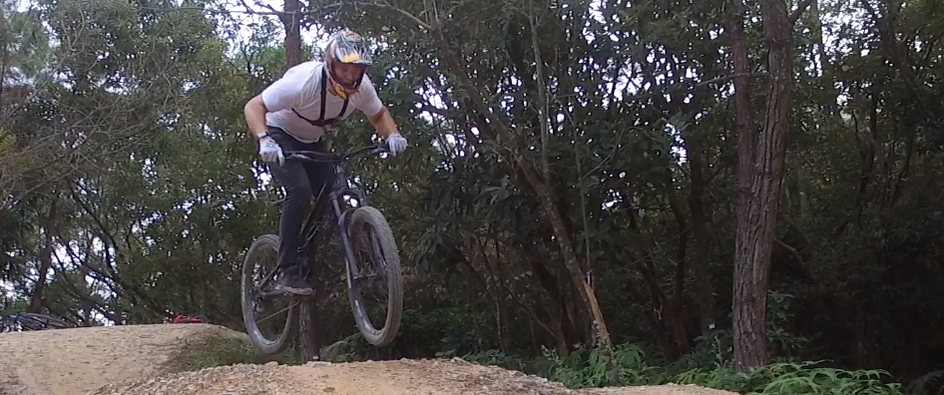
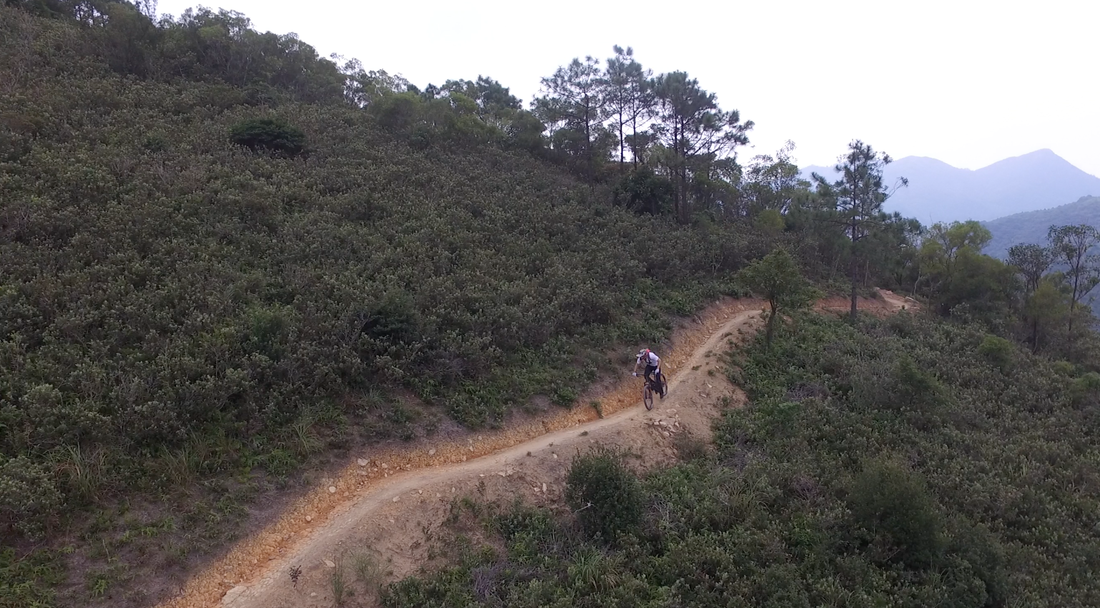
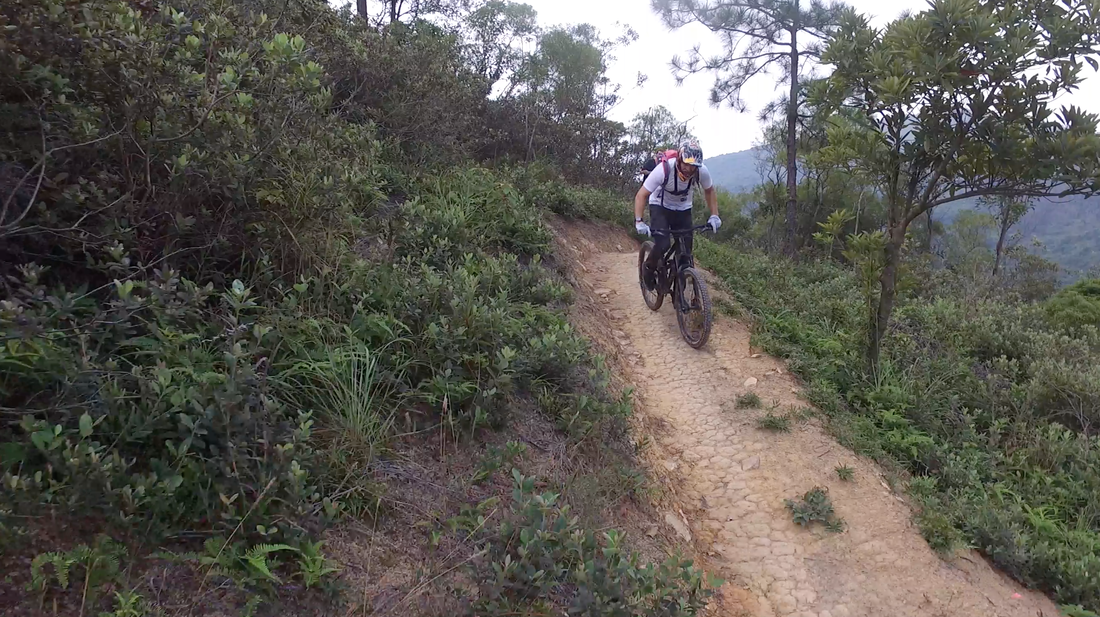

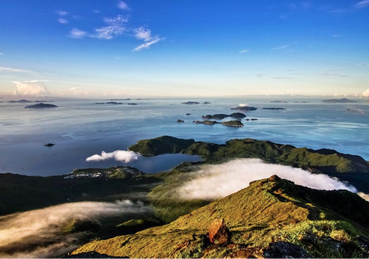
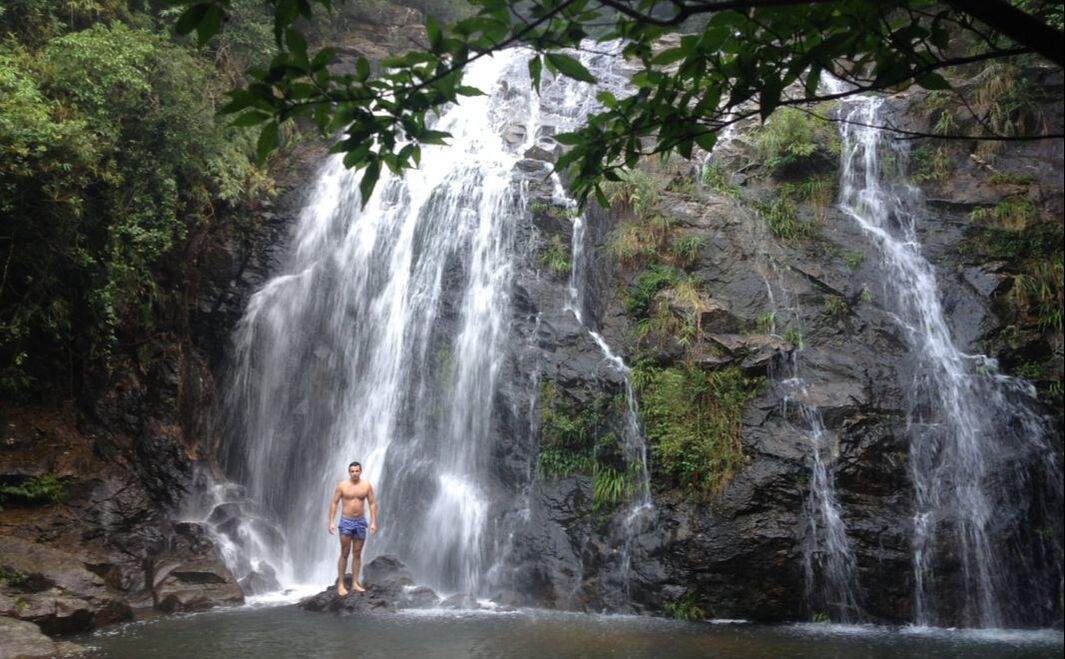
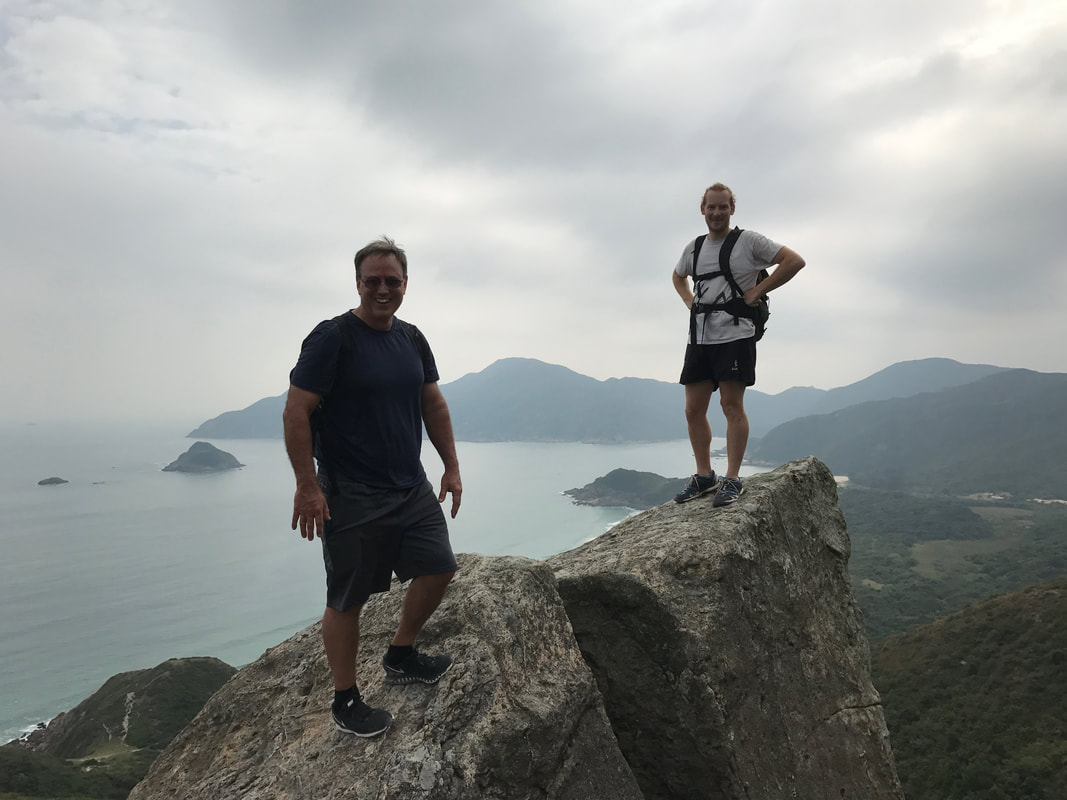
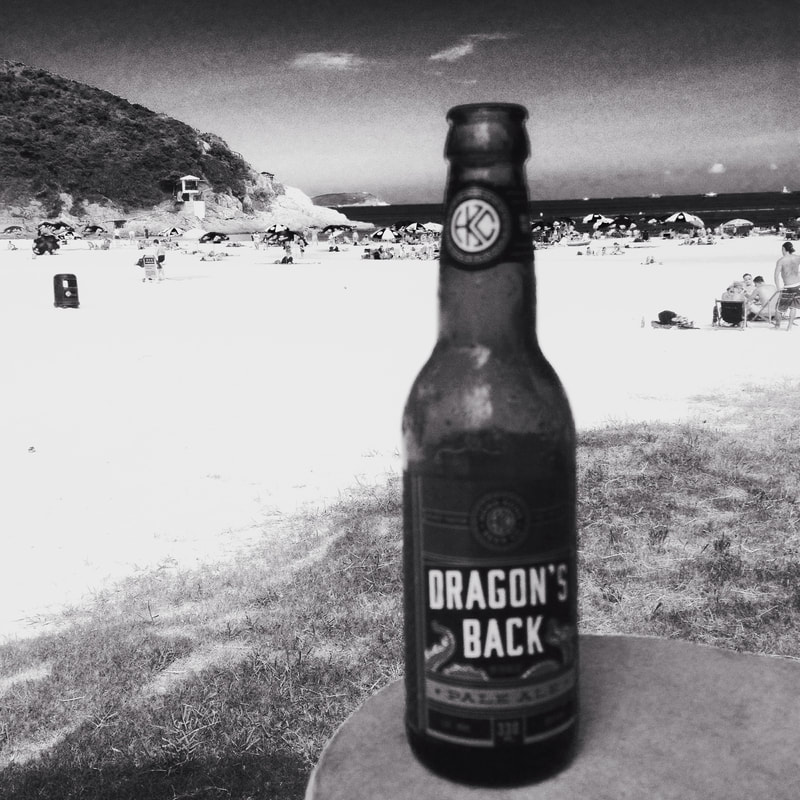

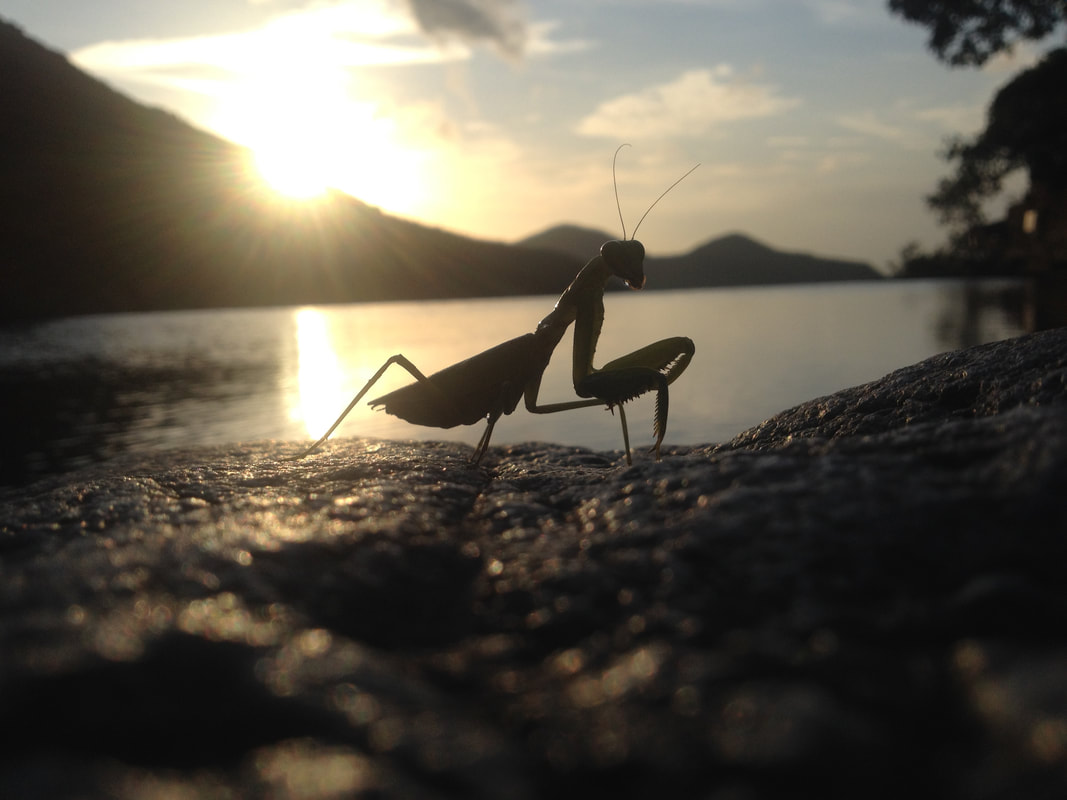
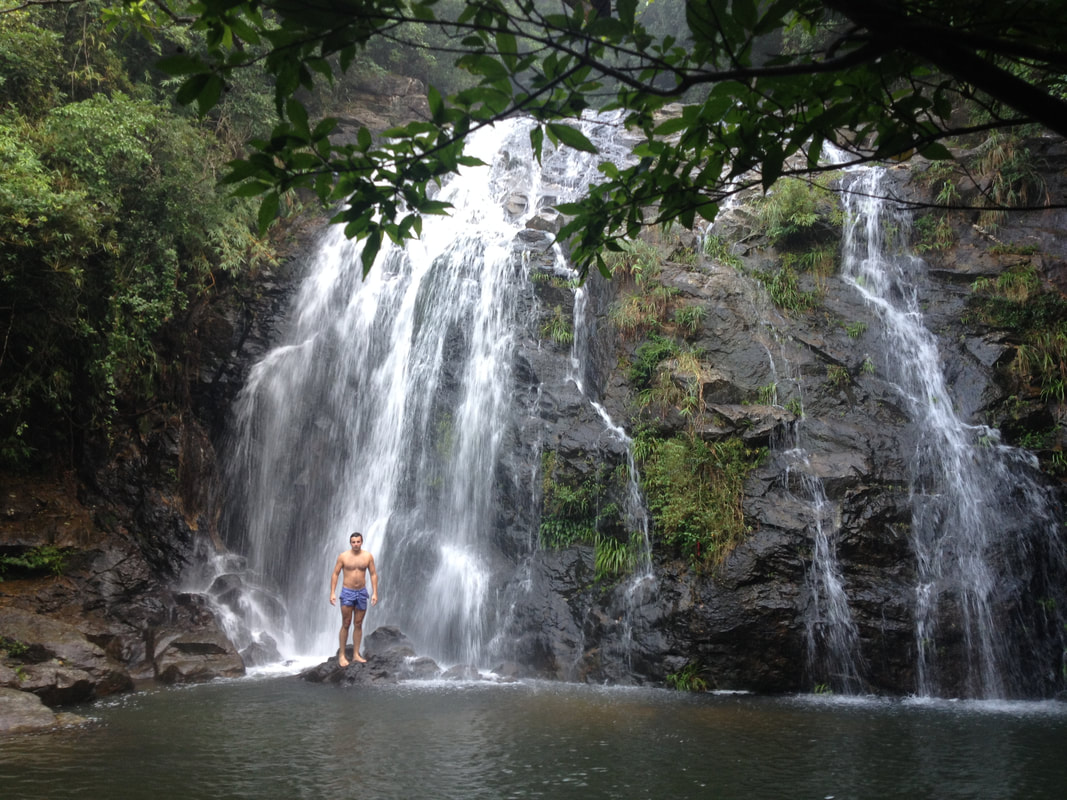

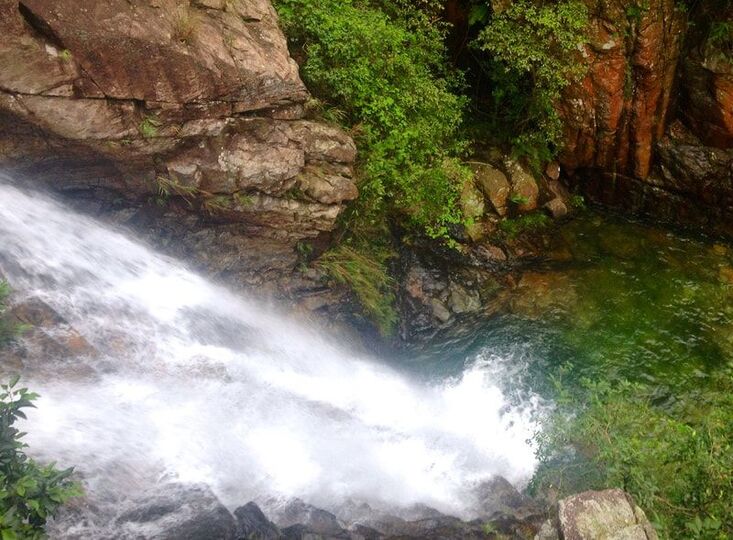

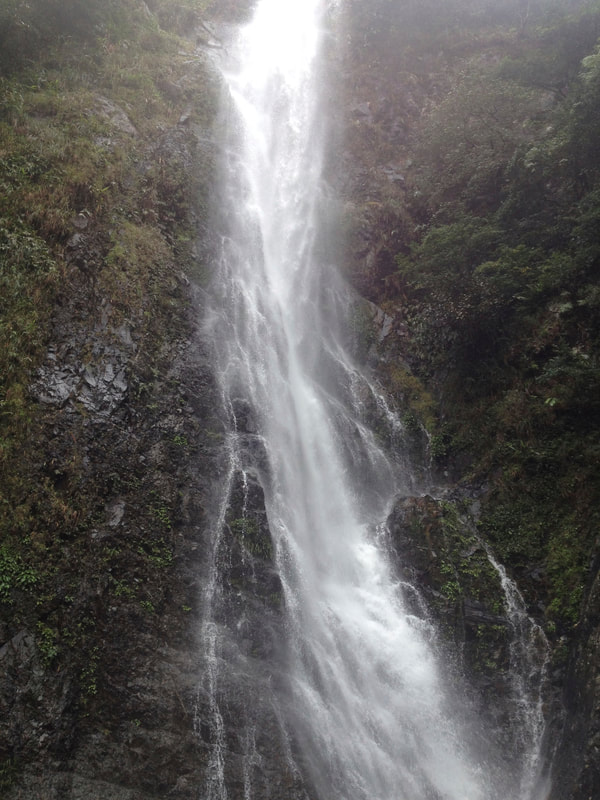

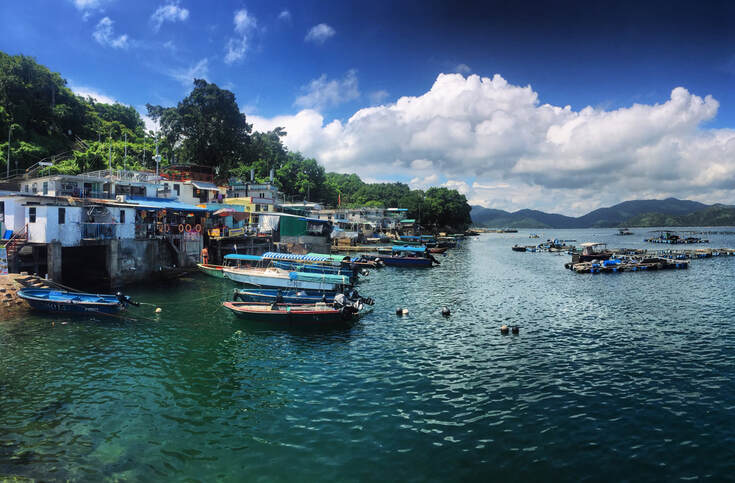
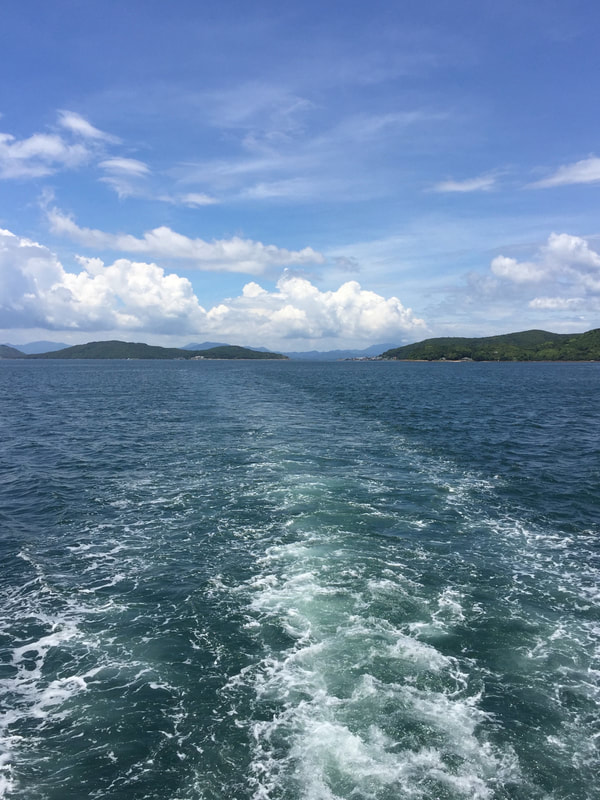
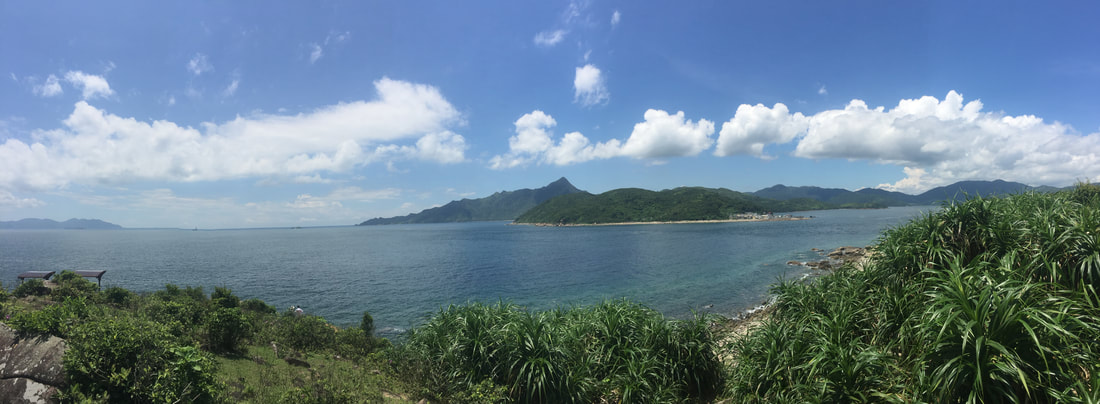
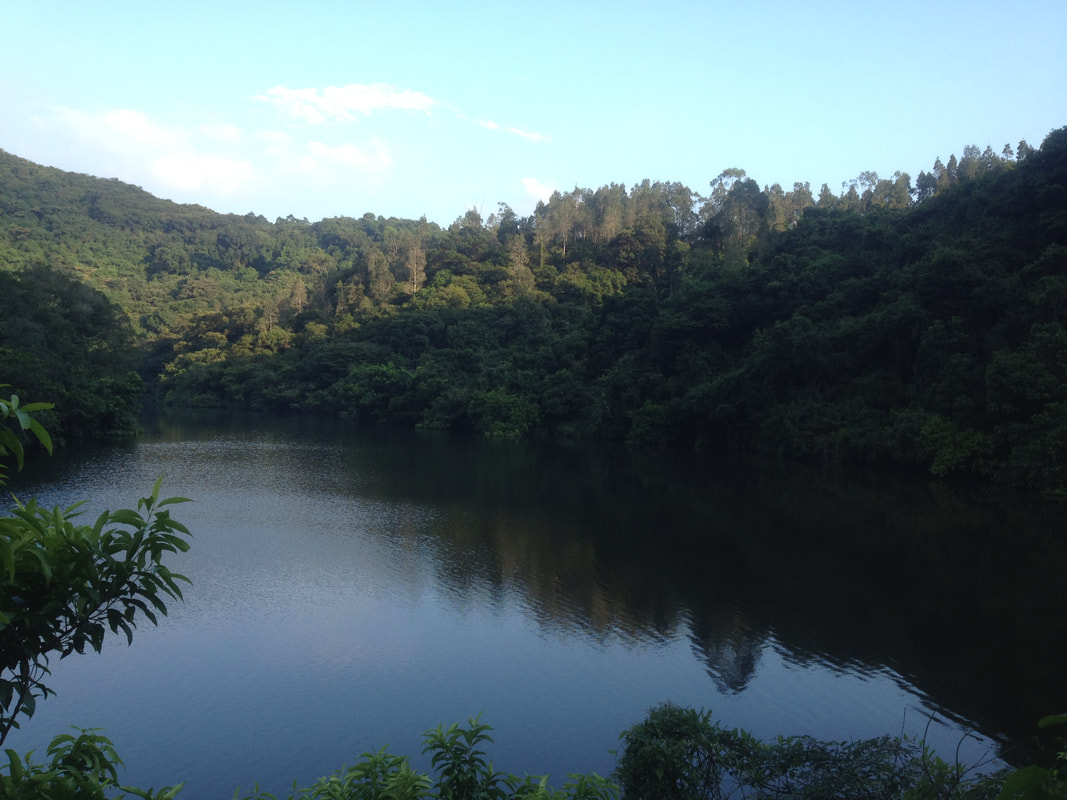
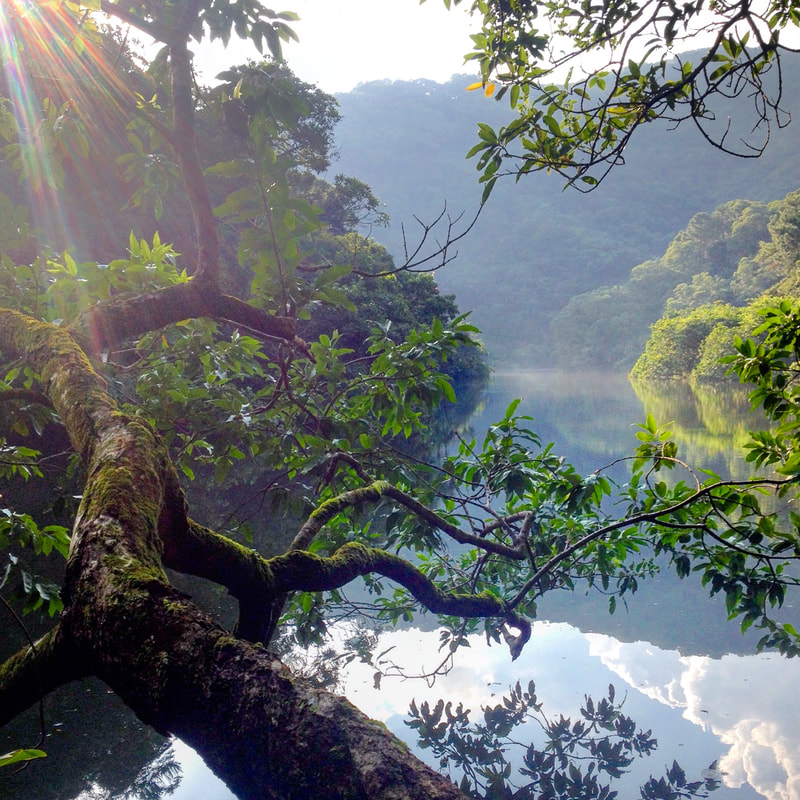
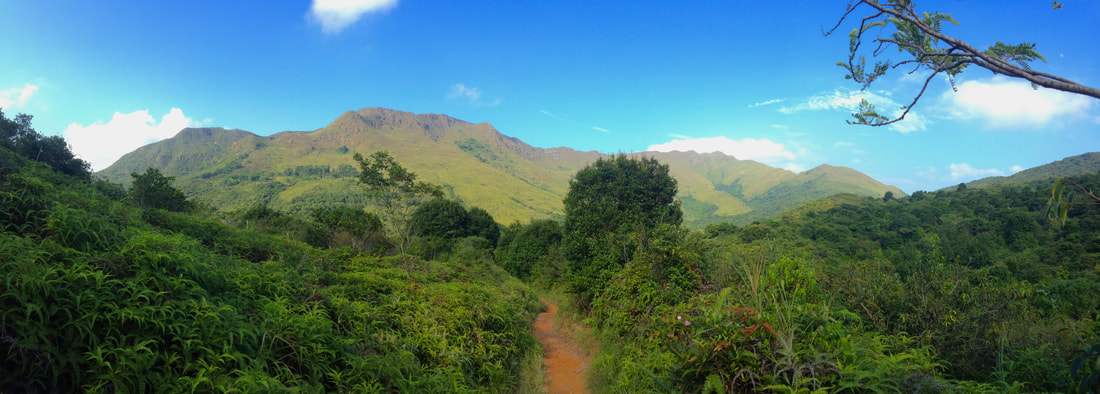
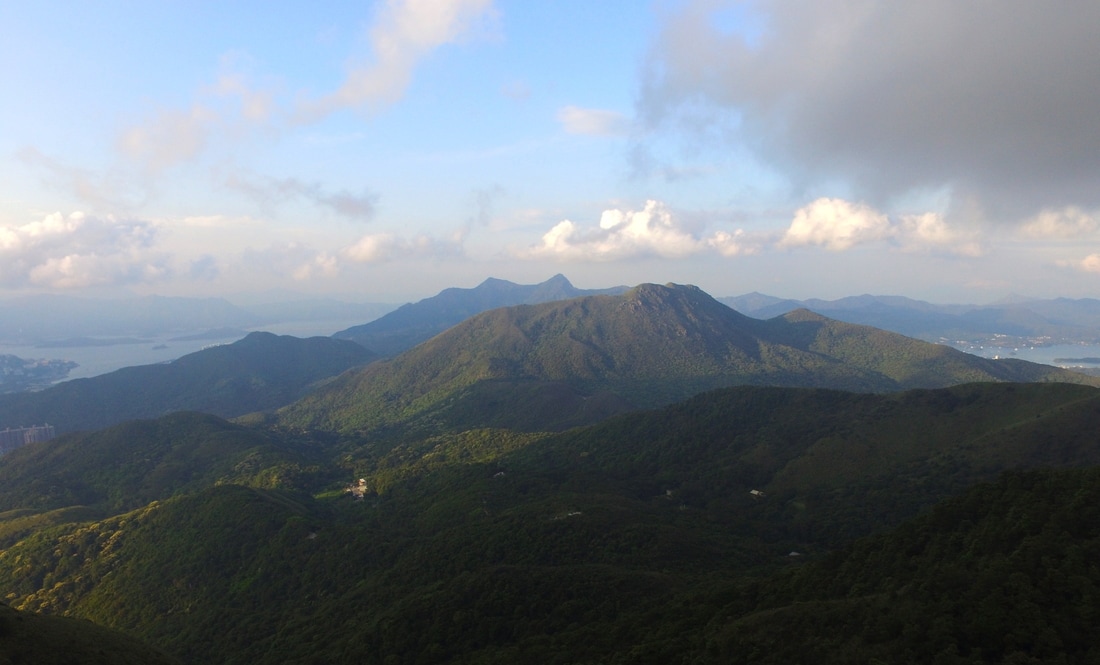

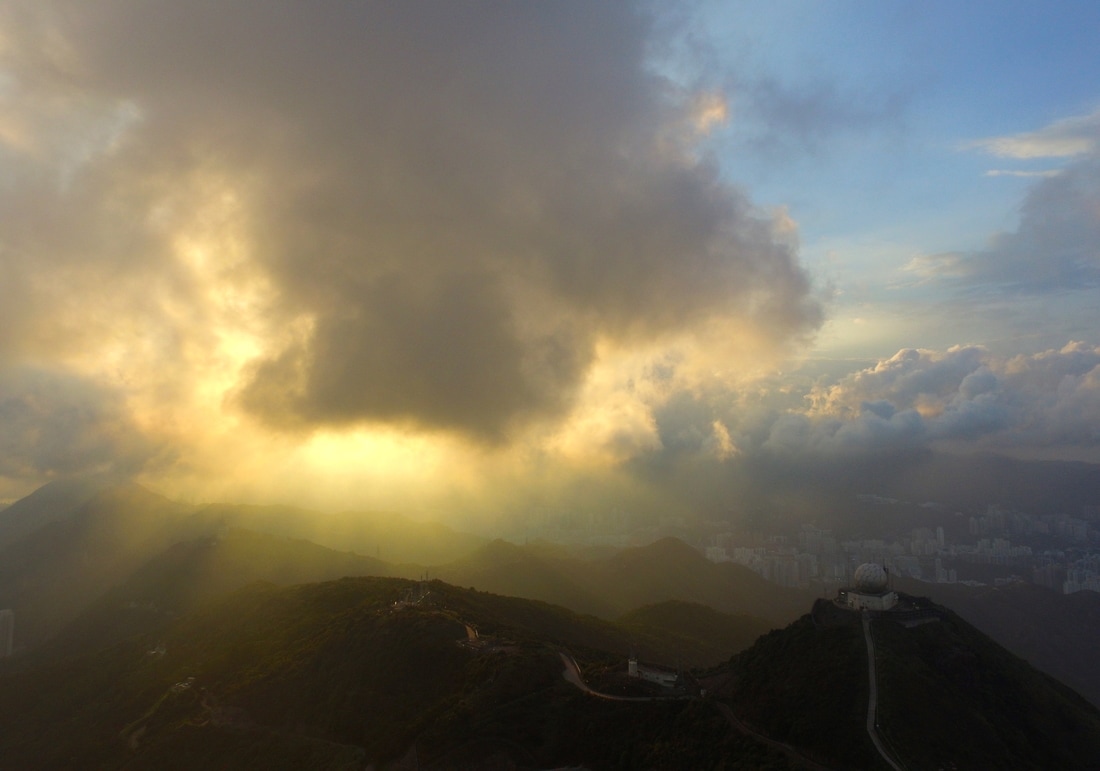
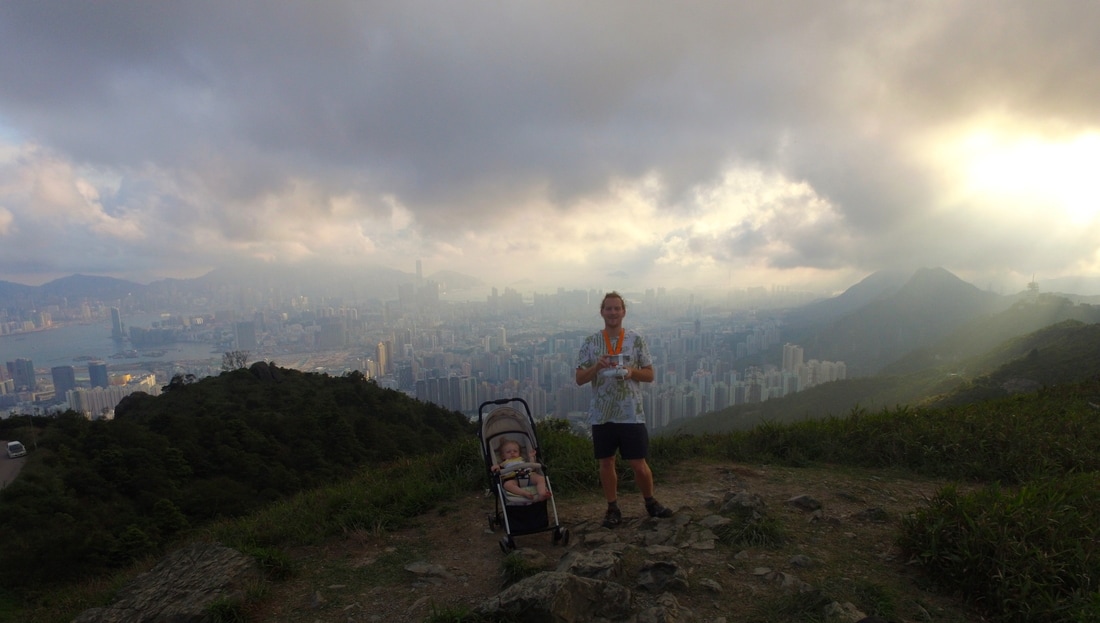
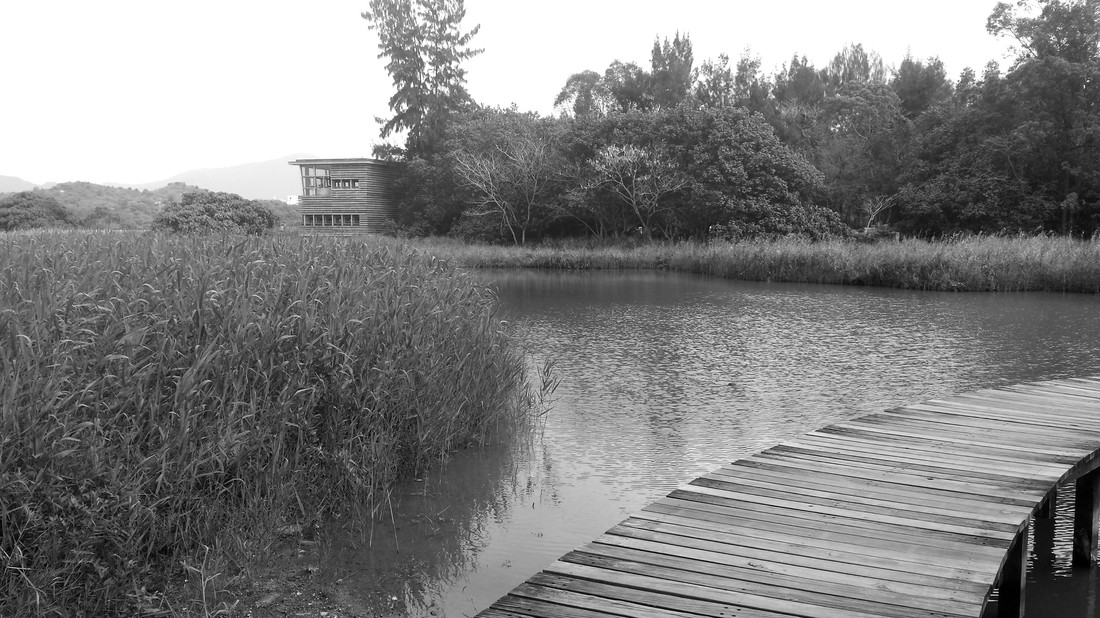
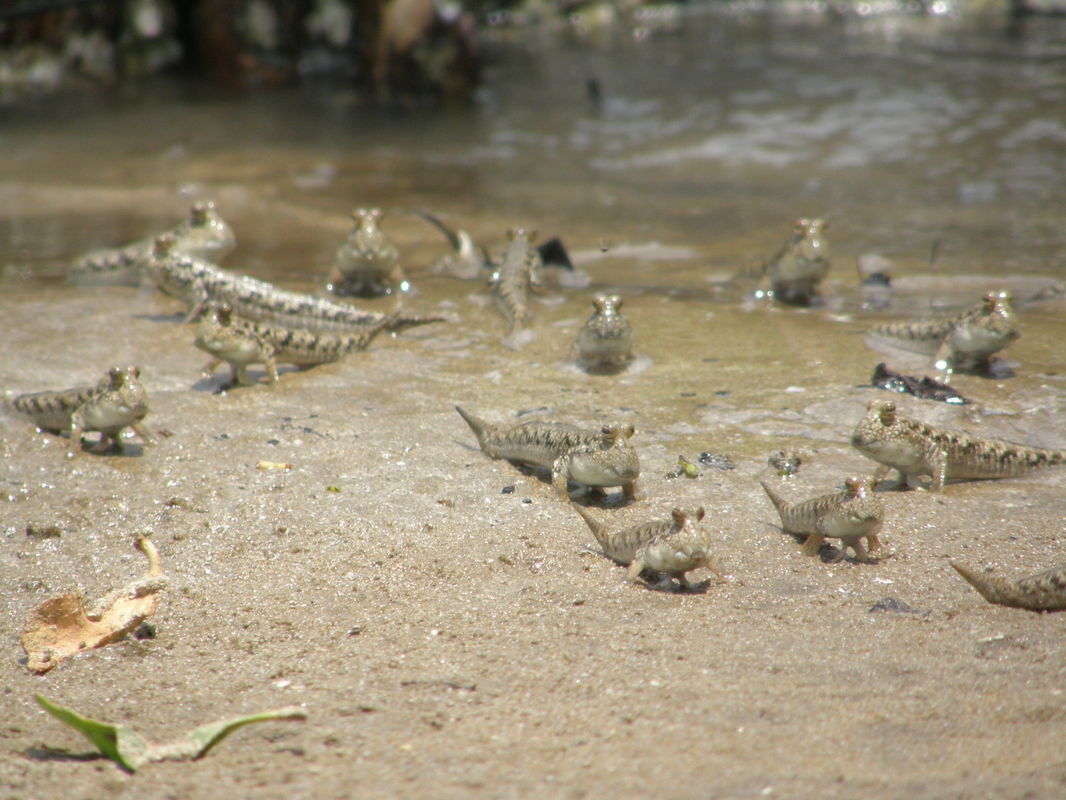
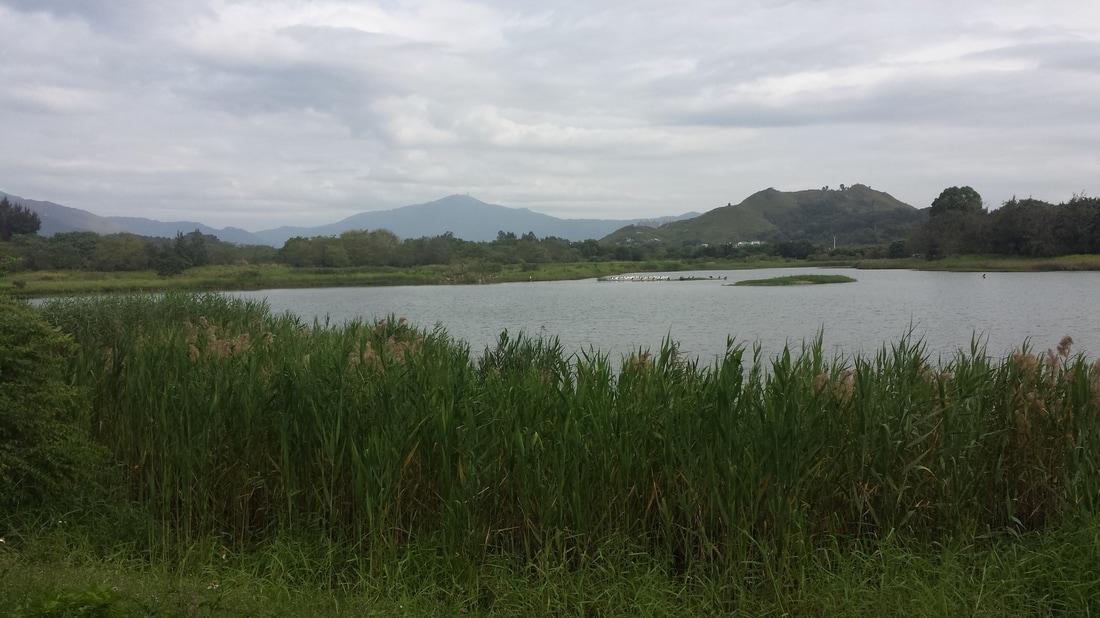
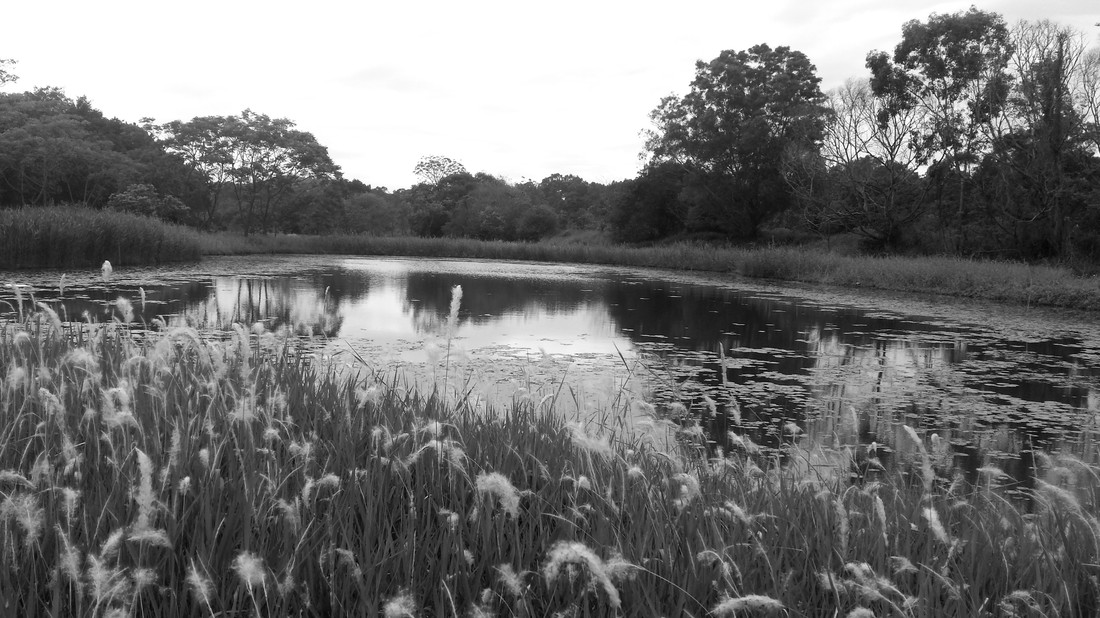
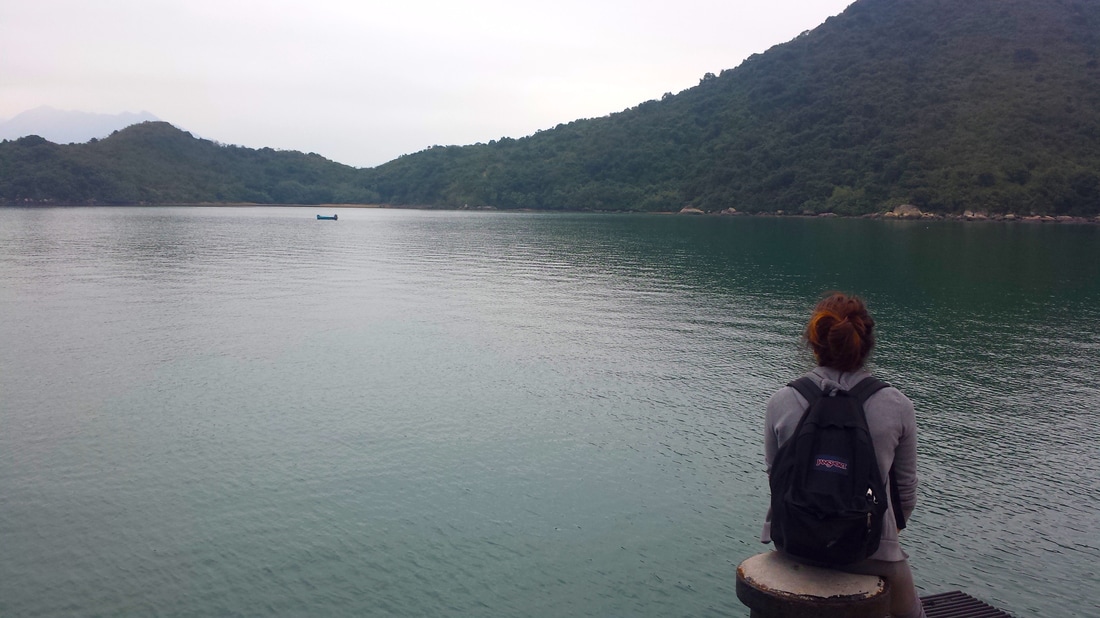
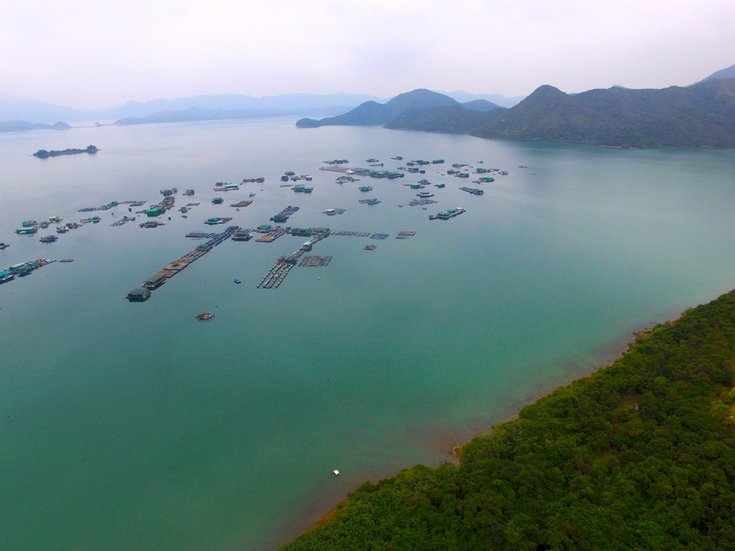
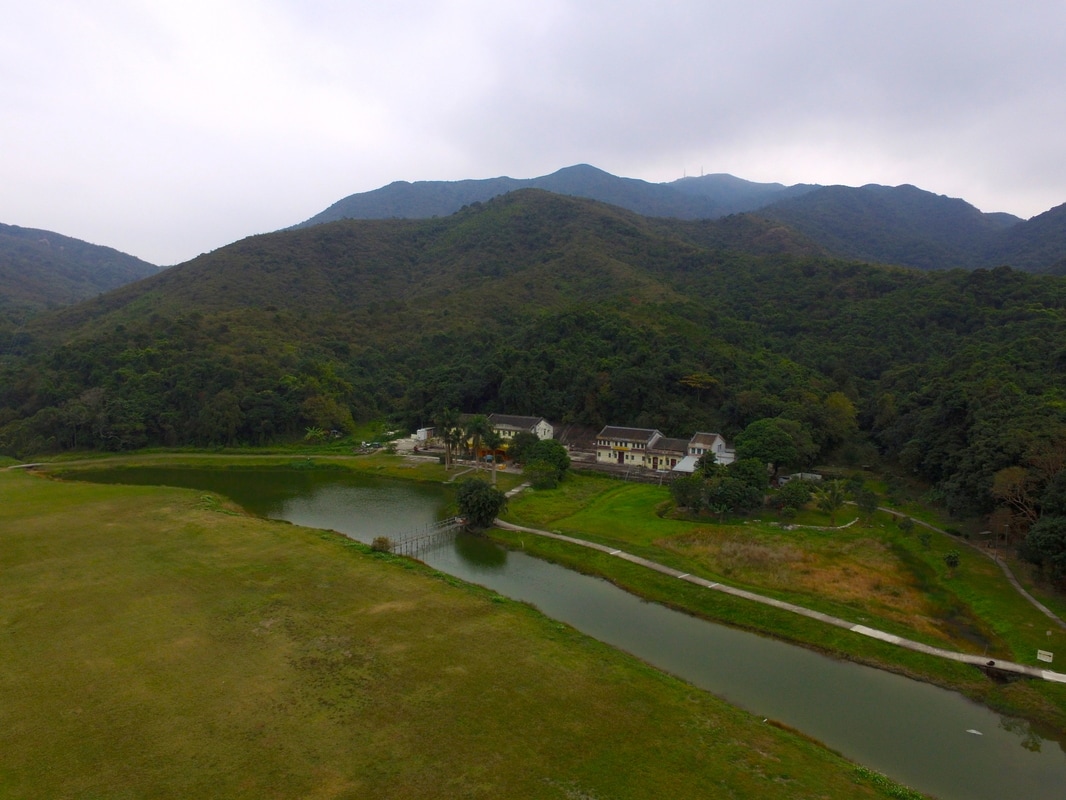

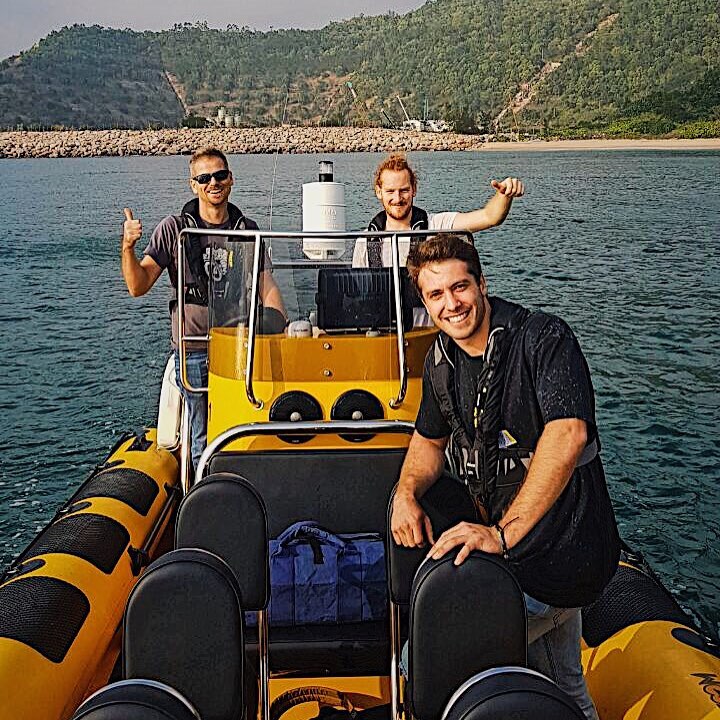
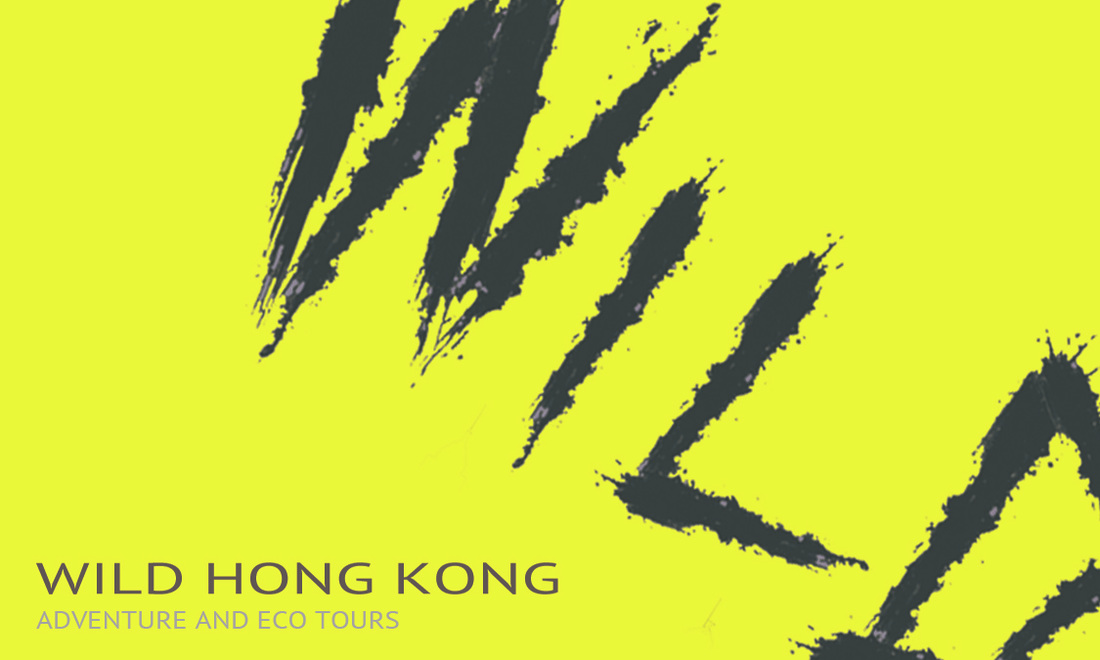
 RSS Feed
RSS Feed

